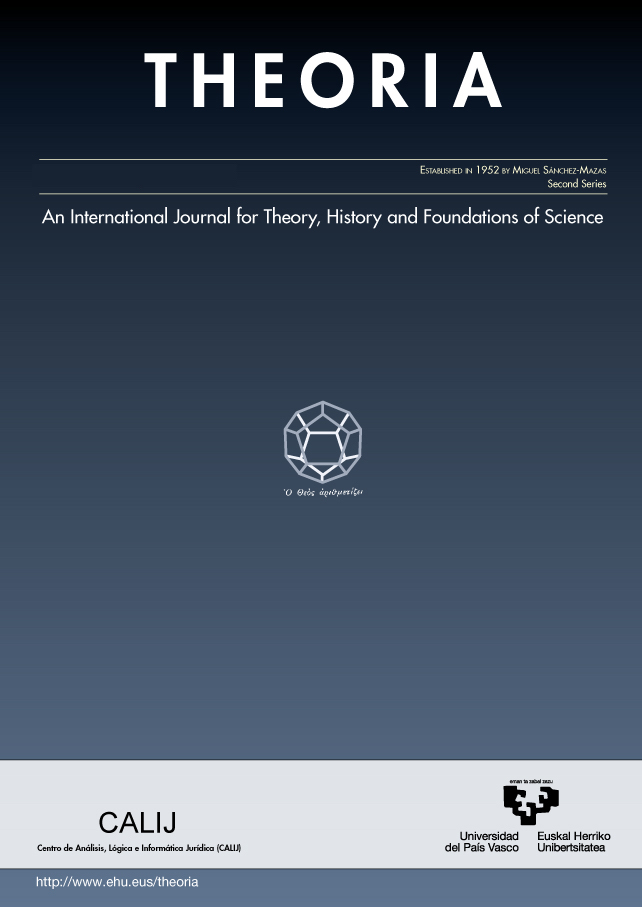Explanation, persistence, and location
##plugins.themes.bootstrap3.article.main##
##plugins.themes.bootstrap3.article.sidebar##
Abstract
According to the “received view” the disagreement between endurantism and perdurantism is ontological and concerns the existence of temporal parts of continuants. In a recent paper, (Wasserman 2016) argues that the ontological conception of these theories does not address the crucial point: explaining the way things persist. According to Wasserman, perdurantism is not just the view that things have temporal parts; it is the view that things persist by (or in virtue of) having temporal parts. Moreover, in the last decade an alternative understanding of the dispute between endurantism and perdurantism, the so called “locative turn”, has lead to an understanding of these two theories as concerning crucially locational rather than mereological notions. Our main aim in this paper is to bring together those two revisionary approaches to the received view, and show how they can enrich each other and open up further dimension of the debate. Finally in the last section we focus on some of the non-standard accounts of persistence and location that arise from this approach, such as “autonomism of persistence and location” and “reverse locational endurantism/perdurantism”.
How to Cite
##plugins.themes.bootstrap3.article.details##
persistence, perdurantism/endurantism, uni-locationism/multi-locationism, temporal parts, location, explanation

This work is licensed under a Creative Commons Attribution-NonCommercial-NoDerivatives 4.0 International License.
Authors retain copyright and grant the journal right of first publication with the work simultaneously licensed under a Creative Commons License.

